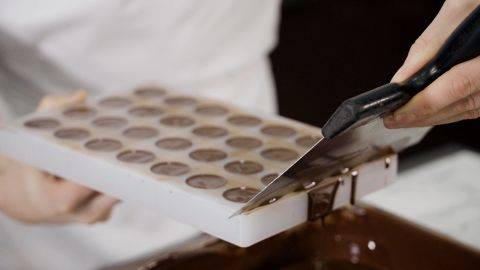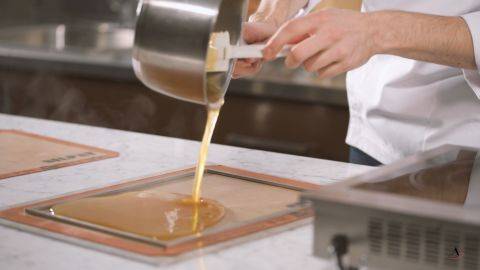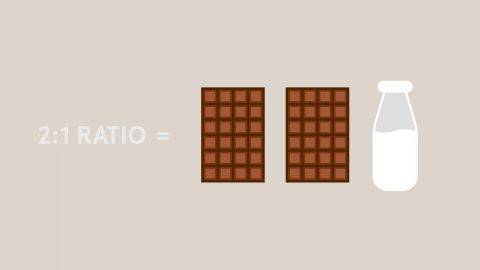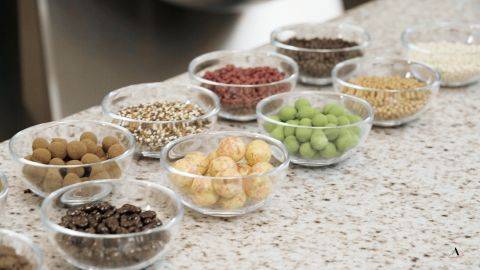Dextrose Equivalent (DE) Explained
Dextrose Equivalent (DE) Explained
DE is the identity card of all glucose based products. The number next to the DE specifies the grams of glucose molecules per 100g of dry matter (remember that dextrose is another name for the glucose molecule).

A quick refresher:
Both glucose and dextrose are created via a hydrolysis reaction. For dextrose, the reaction is complete, meaning 100% of the complex starch molecules are broken down into simple sugar molecules (dextrose). For glucose, the hydrolysis reaction is partial, leaving some starch molecules intact. The percentage of simple sugar molecules equals the amount of dextrose - the dextrose equivalent - in the syrup.
Ingredients with Different DEs
Glucose isn't the only confectionery and pastry ingredient where DE is a factor. To give you some idea of the DE ranges for various ingredients:
- starch is close to a DE of 0
- dextrins vary between DE 1 and 13
- maltodextrins vary between DE 13 and 20
- glucose syrups vary from DE 20 to +/-80
- pure dextrose is DE 100
(Remember, DE describes the degree of conversion of starch to dextrose)
How DE Affects the Properties of Glucose Syrups
Depending on their DE, glucose syrups exhibit different viscosities and have different properties.
| As DE Percentage... | Property | Result |
| Increases | Anti-crystallization powder | Decreases |
| Increases | Viscosity | Decreases |
| Increases | Influence on textural stability | Decreases |
| Increases | Water fixation | Increases |
| Increases | Sweetness | Increases |
| Increases | Caramelization (when heated) | Increases |
| Increases | Flavor enhancement | Increases |








